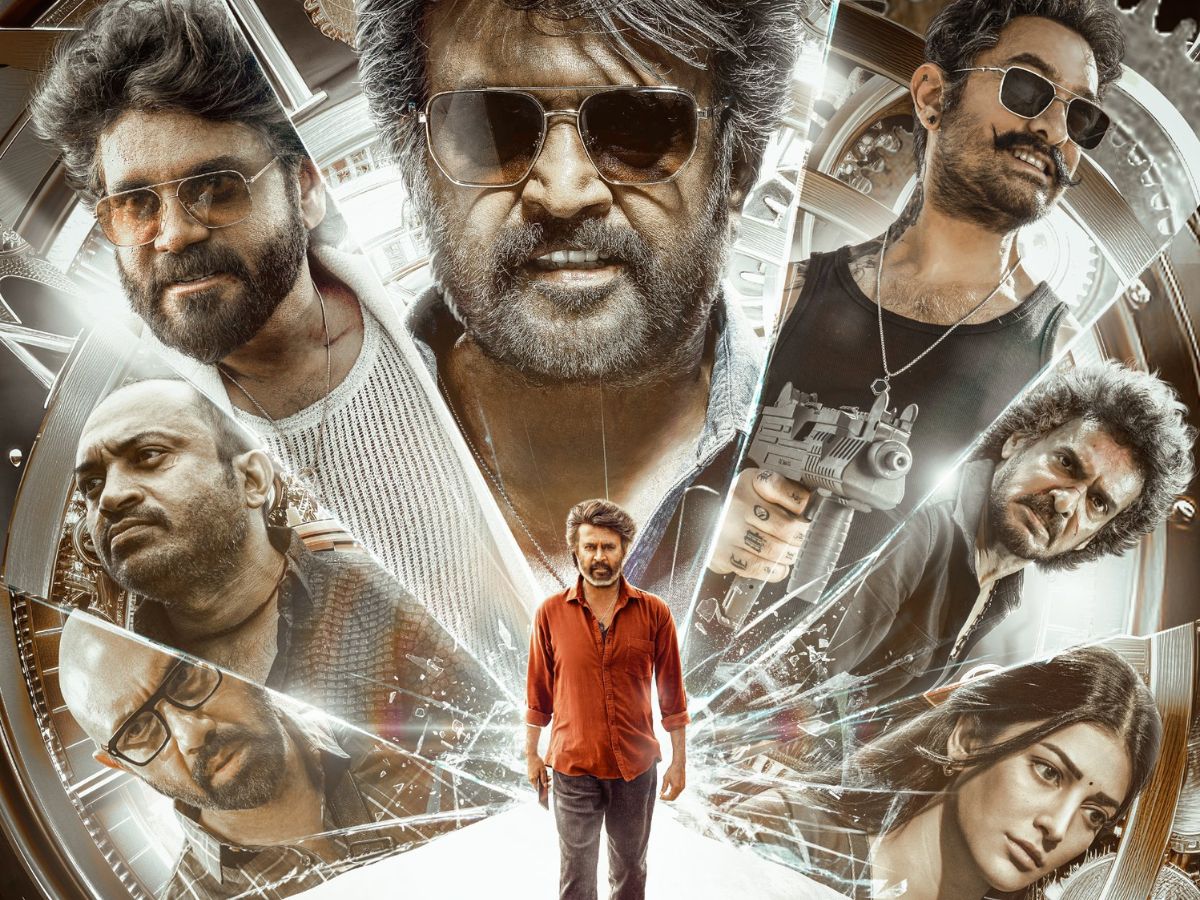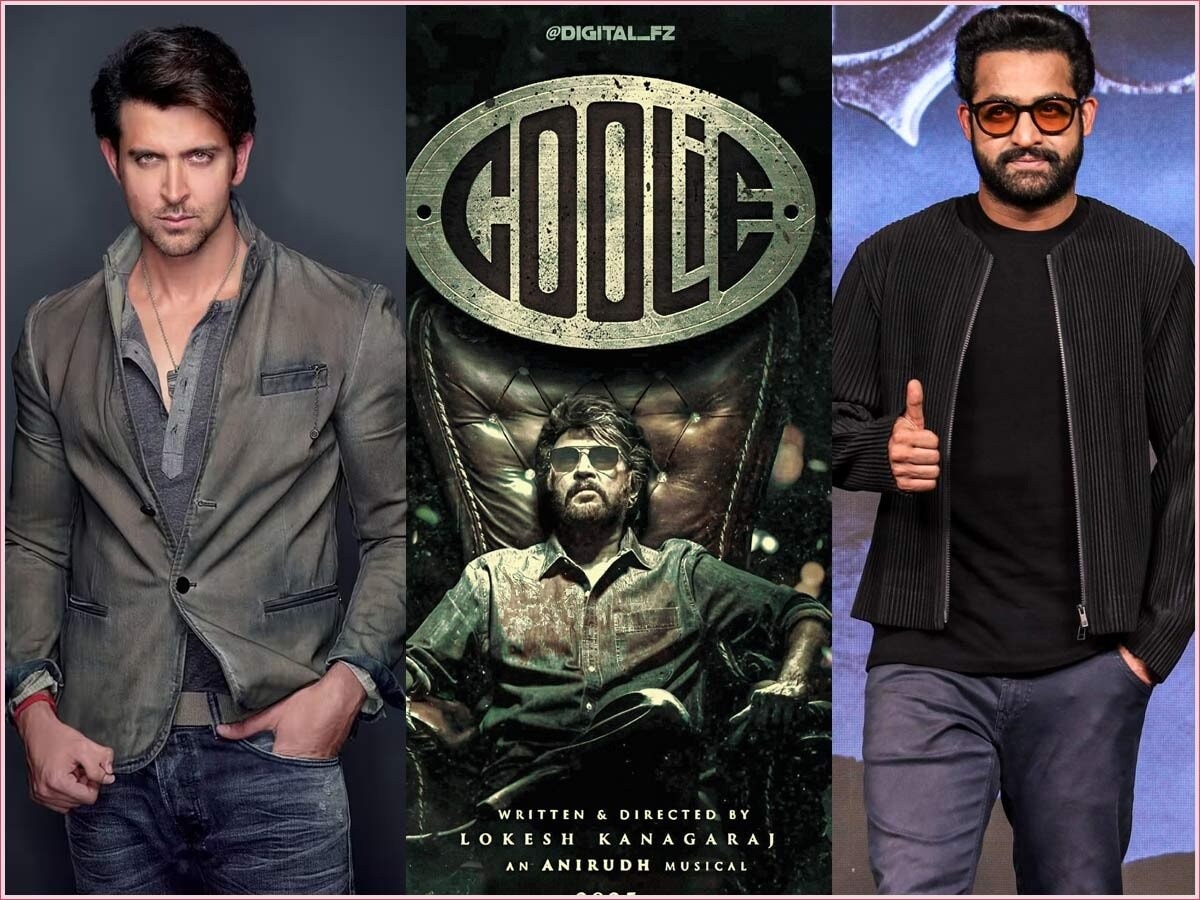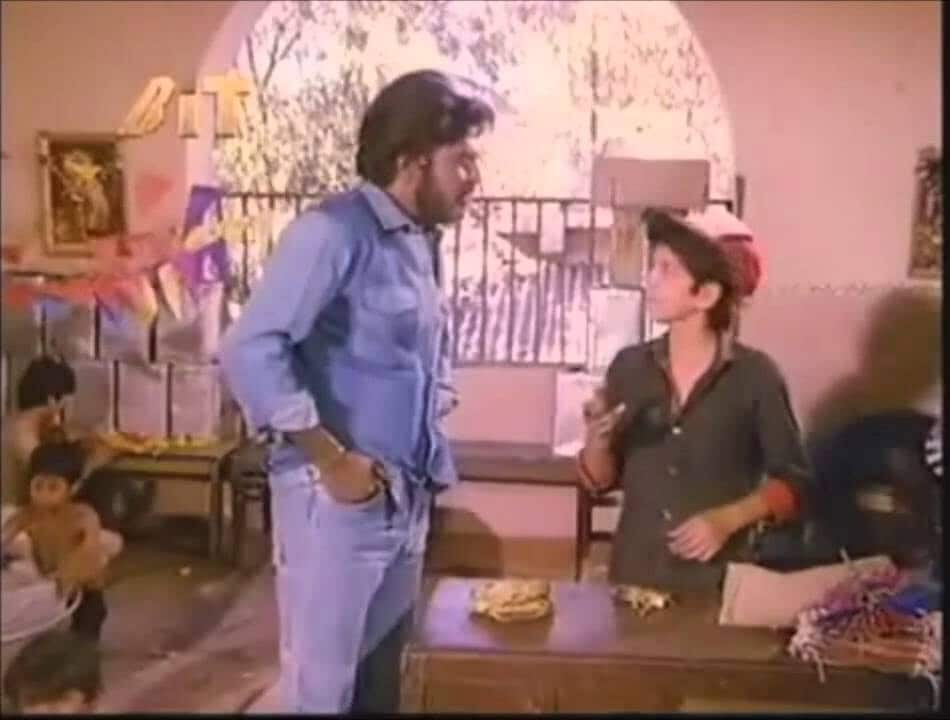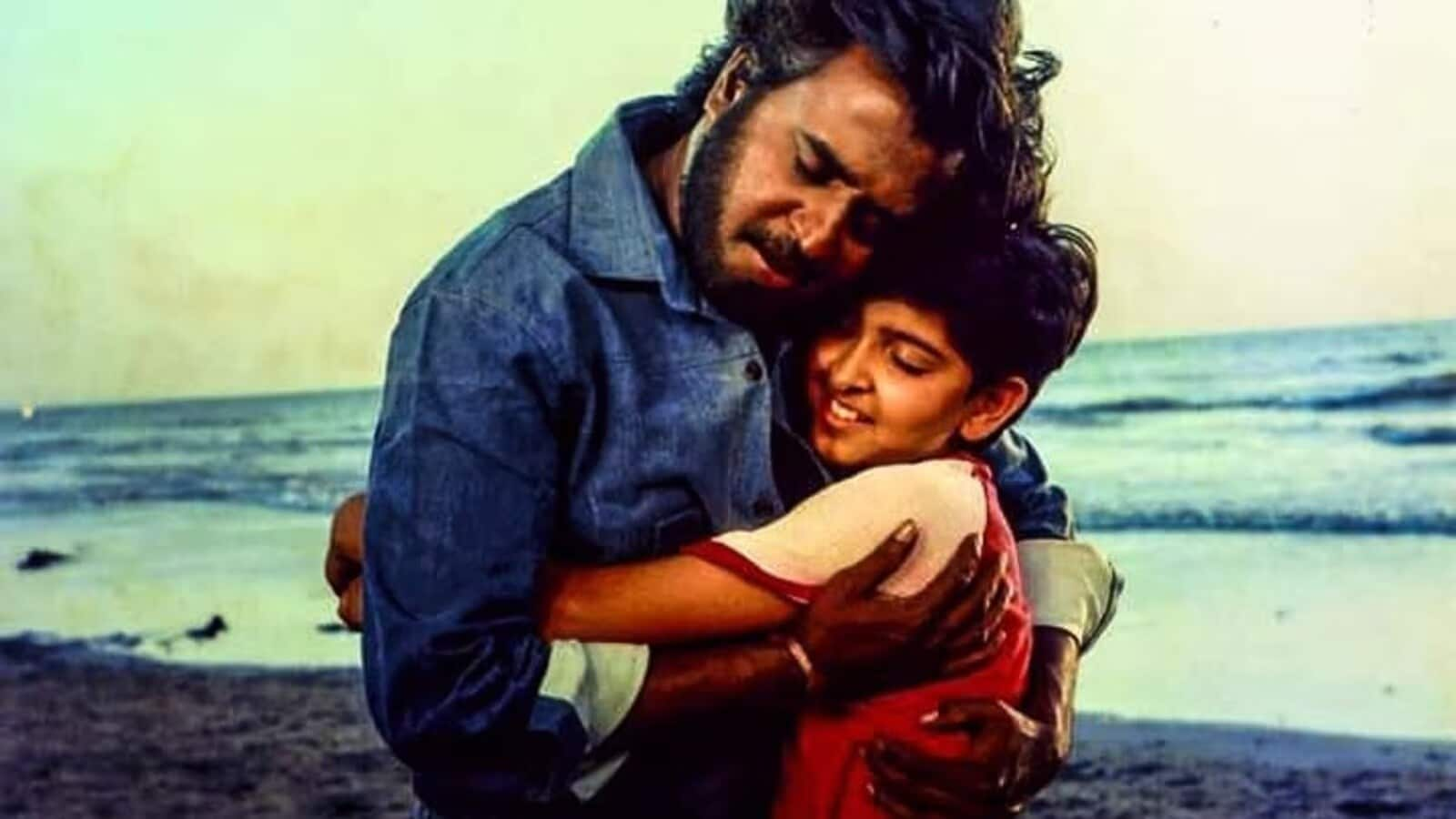In the ever-evolving world of cinema, fortunes can shift dramatically. Child artists often rise to become leading stars, while established actors may quietly fade from the spotlight. This unpredictability is part of the industry’s enduring charm. A striking example of this is a child actor who once shared the screen with a superstar and is now releasing a film in direct competition with his former co-star.

Superstar Rajinikanth’s upcoming film Coolie, directed by Lokesh Kanagaraj, is scheduled to release in cinemas on August 14. Produced by Sun Pictures with music by Anirudh, the film features an impressive cast including Aamir Khan, Nagarjuna, Shruti Haasan, Soubin Shahir, Sathyaraj, and Upendra.

It has received an ‘A’ certificate from the censor board. Advance bookings opened on the night of August 8, and most theatres were sold out within hours, fuelled by the Independence Day holiday and celebratory buzz.

Meanwhile, Hrithik Roshan’s much-anticipated Bollywood film War 2 is also set to hit screens on the same day. Directed by Ayan Mukerji, the film stars Junior NTR in a pivotal role alongside Kiara Advani. Backed by Yash Raj Films, War 2 has generated strong expectations thanks to the success of its predecessor.

While the Coolie vs War 2 box office clash is making headlines in Tamil Nadu and northern India, Telugu-speaking regions are more focused on the face-off between films featuring Nagarjuna and Junior NTR.

Adding an emotional twist to the occasion, fans have been reminiscing about Hrithik Roshan’s childhood appearance in the 1986 film Bhagwan Dada, where he shared screen space with none other than Rajinikanth.

The film, directed by Om Prakash, starred Sridevi in the lead and was produced by Hrithik Roshan’s father, Rakesh Roshan. A heartfelt scene from the film, in which Rajinikanth’s character expresses his deep affection for Hrithik Roshan’s character, has recently resurfaced on social media, touching the hearts of many.

In the world of film, box office clashes between major stars are nothing new and are often seen as healthy competition. Ultimately, audiences trust that the stronger film will earn the greater applause.






